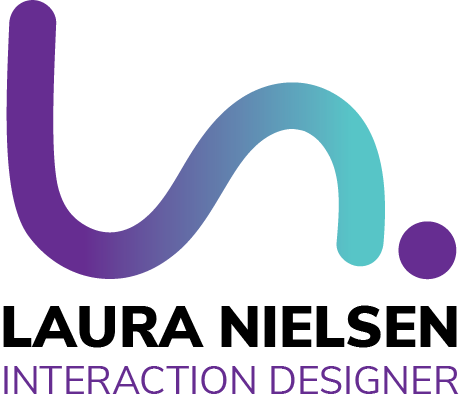“How might we design Hulu to be more accessible for people with special needs
and different challenges when it comes to discovering/and or viewing content?”
UX RESEARCH - UX DESIGN - UI DESIGN - USABILITY TESTING
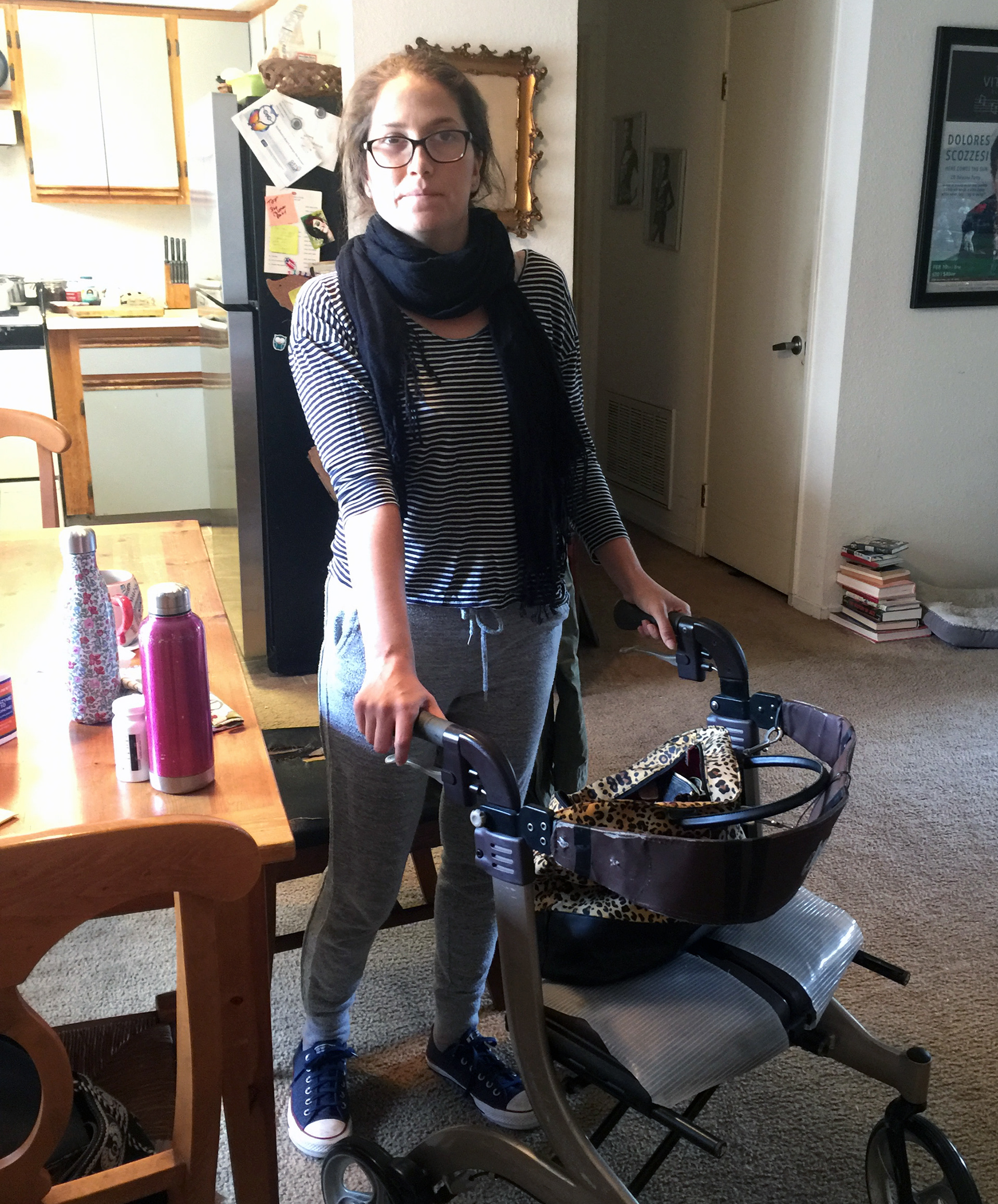

OVERVIEW
Project Background
ACCESSIBLE PRODUCT DESIGN
More than 1 billion people worldwide experience some form of disability. In the U.S. alone, that’s nearly 1 in 5 people or 1 in 3 households. How might we make Hulu more accessible for people with disabilities and different challenges to empower them and bring them a delightful viewing experience?
CONTEXT
Each team was assigned a senior Hulu designer for weekly consultations. The project objective was to uncover accessibility issues for target disabilities through in depth home interviews. Resulting solutions should solve user's unmet needs and improve their experiences on Hulu. The project was broken down into two phases: six weeks of research and data gathering and six weeks of concept proposal and user testing.
OUTCOME
For this Hulu sponsored student challenge, we interviewed persons with disabilities gathering in depth insights into their unique challenges with technology. The second half of the project translated these insights into possible, workable solutions for upper-mobility impaired users.
TEAM
Hector Cruz, Jenny Lychholm, Melissa Kolko
HULU DESIGN | MENTOR
Zach Hinton
MY ROLES
Project Manager and team lead. Design research and testing, Concept development, VUI and Graphic design, Tangible and digital prototype development and testing
PROCESS
Participatory research, Interviewing, Storytelling, Co- creative prototyping, Digital prototyping, Usability testing
TOOLS
Sketch, AI,PS,XD Google Slides, Slack
DISCOVERY
ETHNOGRAPHIC RESEARCH
TARGETING OUR DEMOGRAPHIC
In the project's initial phase, my team and I cast a wide net to generate a user base for our study. Flyers were printed and distributed to hearing and vision centers, neighbors, libraries and senior living homes. Participant screeners and surveys were also sent specifically searching for individuals who suffer from: Visual, Auditory, Motor or Cognitive disabilities.
NARROWING THE SCOPE
To develop an understanding of the challenges our users faced, we needed to have an understanding of their environment as well as their roles in and interactions within their environment. Our team conducted in home interviews with fifteen disabled users to experience their realities. We focused our intensive interviews on two participants who had severely altered use of their hands due to Juvenile idiopathic arthritis and Ataxia.
DISCOVERY
PARTICIPATORY INTERVIEWS
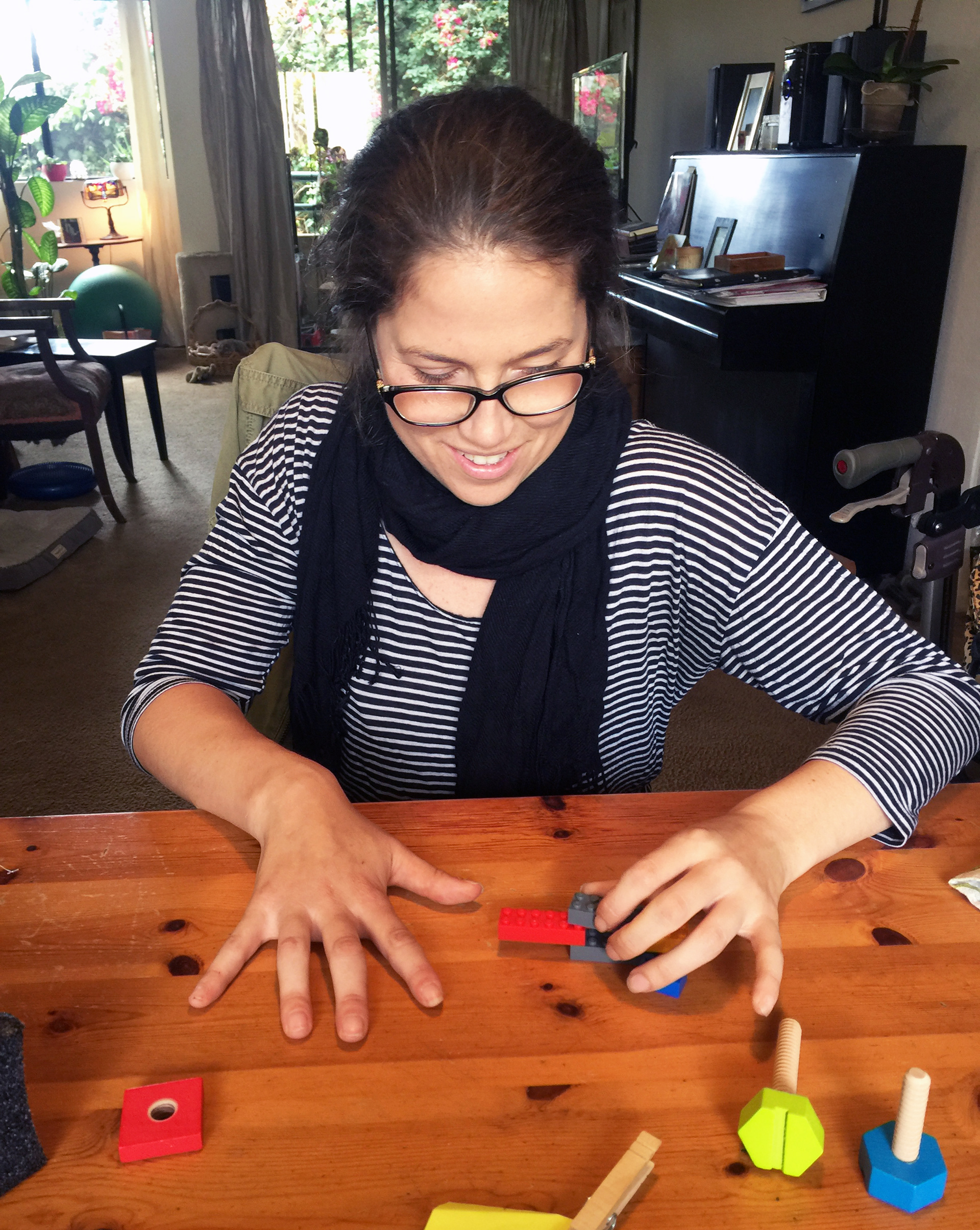
Our participant interacting with legos

Drawing with left hand( she's right handed)

Holding objects is challenging
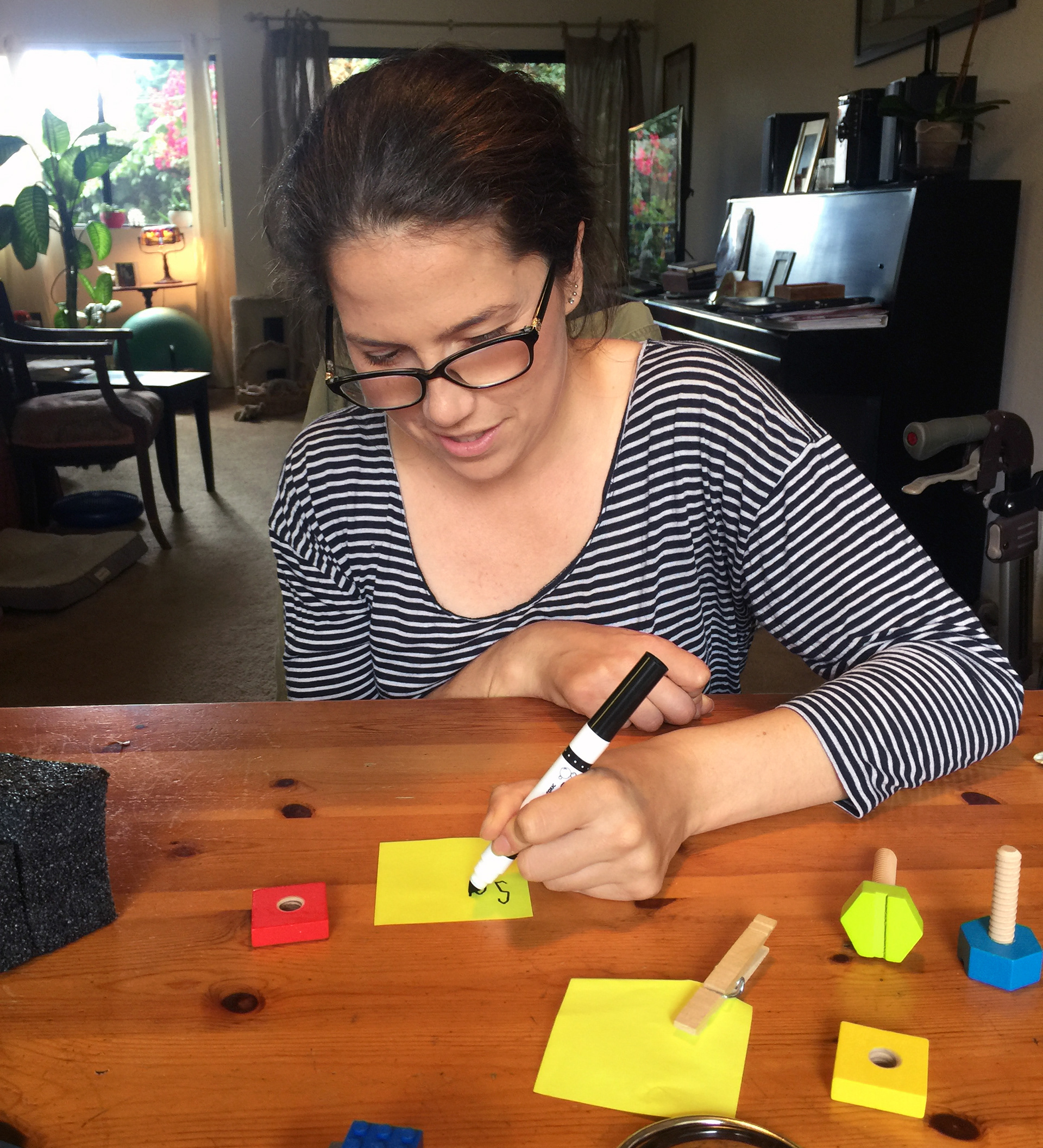
Left handed writing
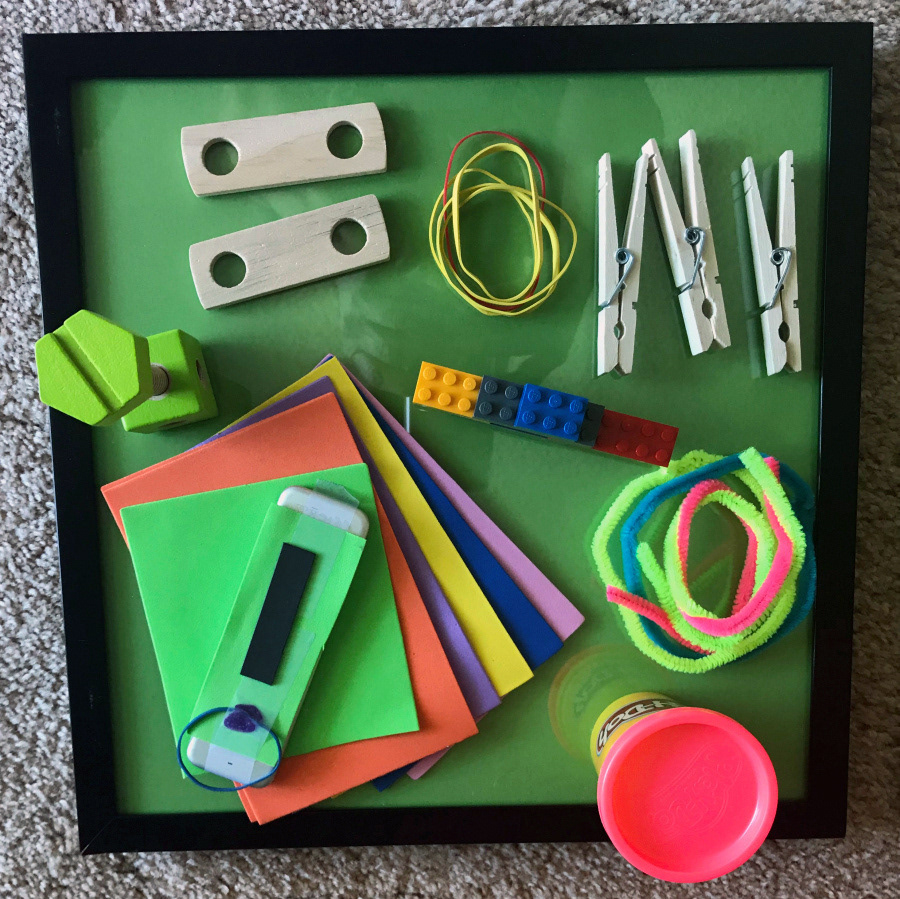
Samples from our creative toolkit
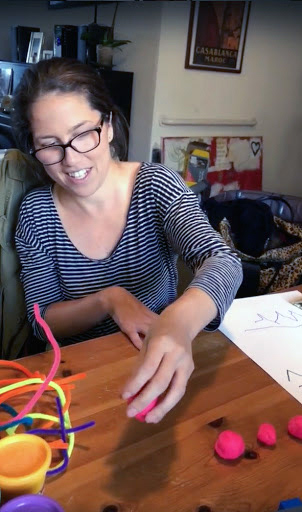
She liked the play dough
An important component of our interview process was participatory research. We designed a creative toolkit to probe ways in which our users experienced the world as part of our interview process.
Sadly, our user blamed herself for imperfect technologies.
Our participant describes her challenges
"I don't use technology as much as I want to because of my condition. I don't feel like it's made for people like me".
Our users explained their lifestyle "hacks"
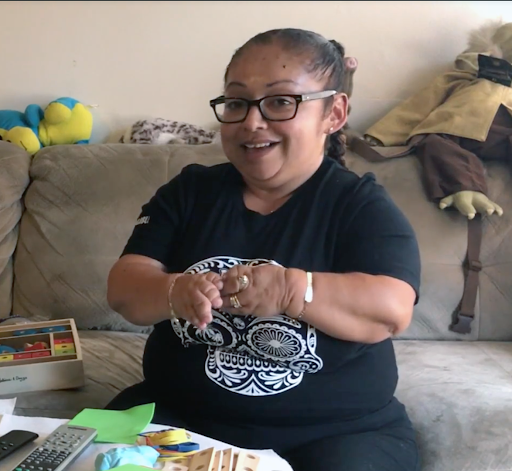
Our second participant

Scrolling is difficult

Reaching remote buttons is difficult
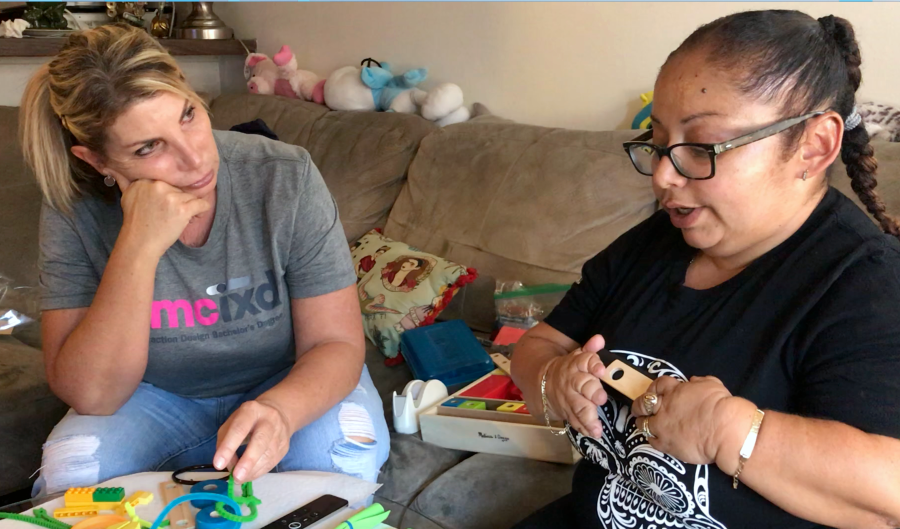
Describing her life hacks to me

Working with the creative toolkit
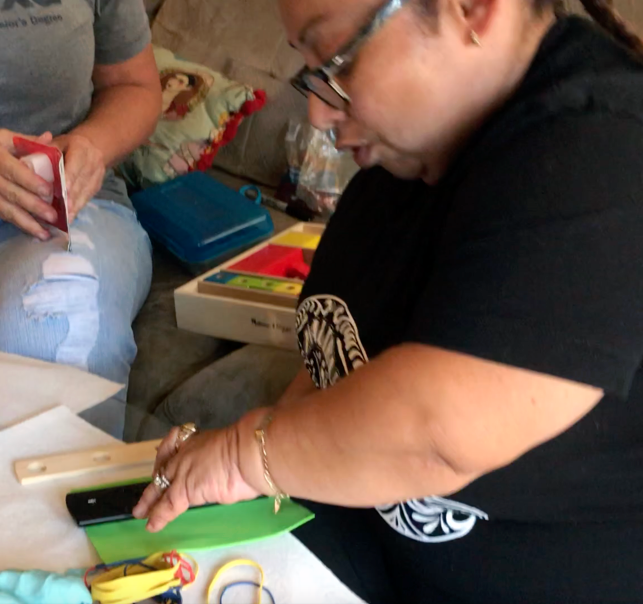
Modifying the remote
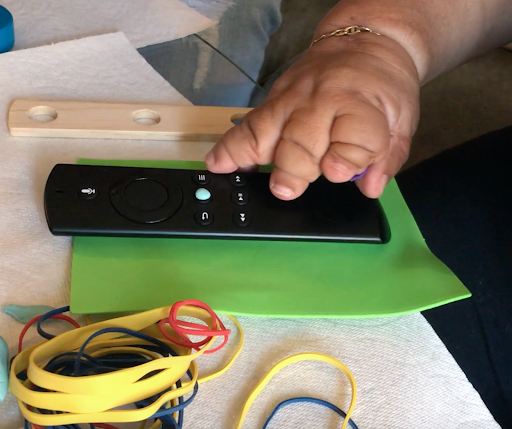
Modifying the remote
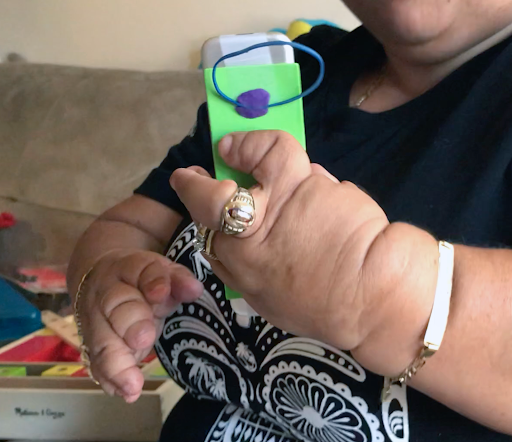
Finished product
“ I have trouble picking things up. If I drop the remote I get so frustrated and I just leave it on the floor”.
INSIGHTS
Both participants get frustrated with small buttons, clunky remotes and touch pads on their devices.
They abandoned their technology in sheer frustration because its not worth the aggravation.
They want to speak and be heard through their technology.
Users want to use their voices to compensate for their physical limitations.
They wanted to be included, not alienated.
Through various hacks and lifestyle adaptations they are desperately seeking ways to make their lives better.
Above all, they welcomed our interviews and wanted someone to listen to them and to be heard.
PROJECT GOALS
Over the next 6 weeks, my team and I uncovered ways to help our users access technology without cumbersome structural affordances. While the solutions may be targeted for use by disabled users, the results would allow everyone to have an enjoyable TV viewing experience.
CONCEPT PROTOTYPES | DIGITAL
Our digital prototype testing illustrated the possibility of building the skills of existing VUI’s to improve the experience of an individual with speech and dexterity impairments.

XD Voice Prototypes
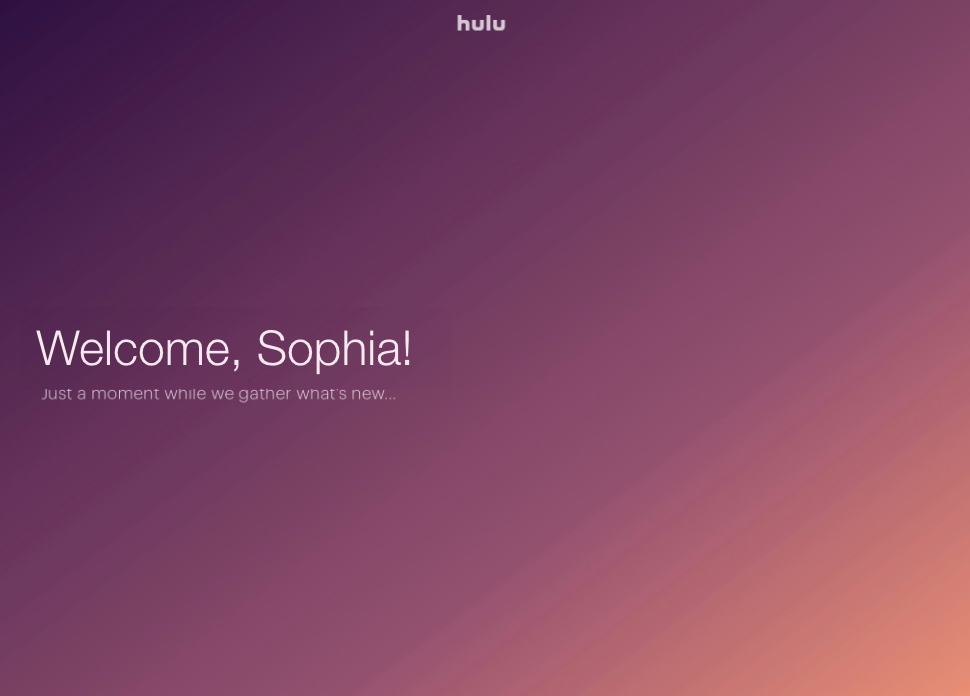
Personalized content
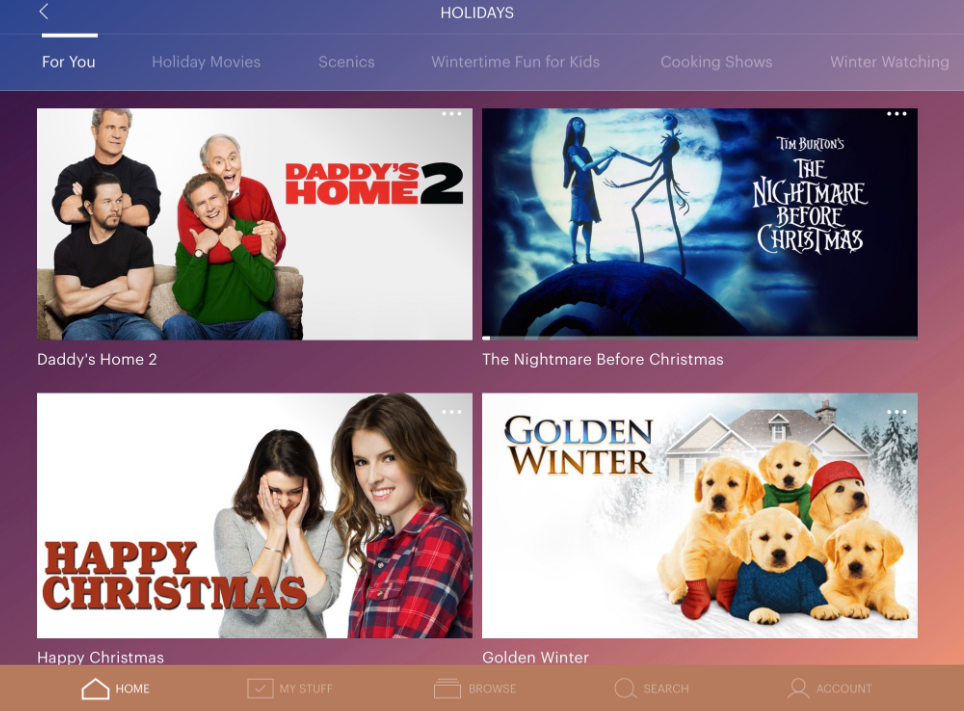
XD screens
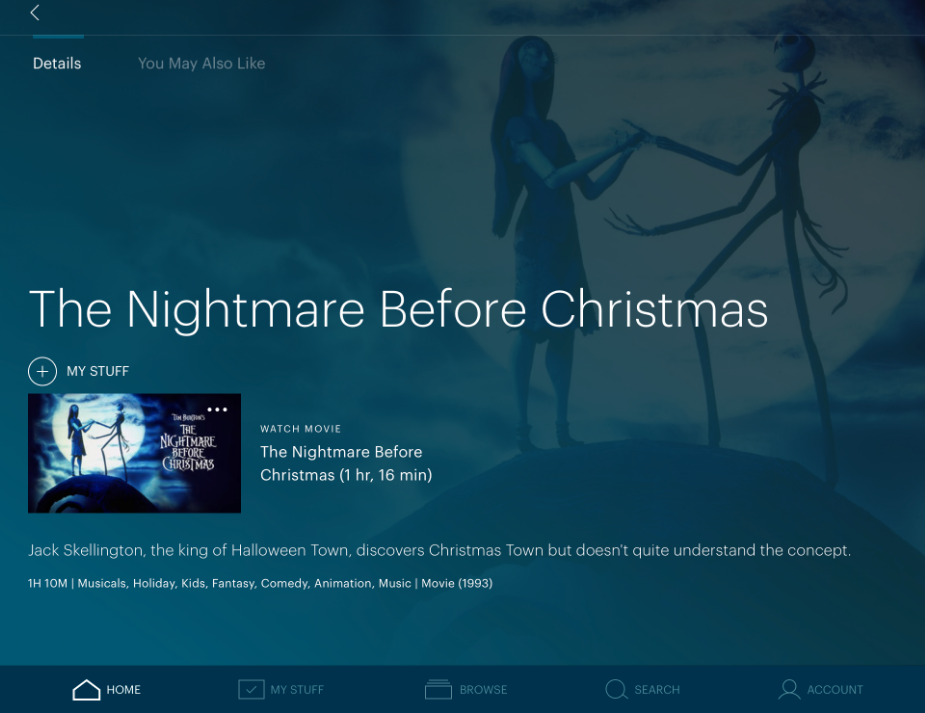
XD screens
Voice activated prototype testing
FINDINGS
The ability to allow the AI to navigate and search through content lightened the load on our users hands and eyes and she felt empowered, not inadequate. Our prototype suggested that transforming GUI’s from command/control into conversational interfaces resulted in a satisfying user experience.
CONCEPT PROTOTYPES | TANGIBLE
Testing revealed our user had difficulty with the dexterity involved in swiping and tapping on digital screens to access technology. We created a magical device nicknamed the “Huluhoop” which solved Sophia's pain by sending voice commands to the Hulu app.

"Magical device"
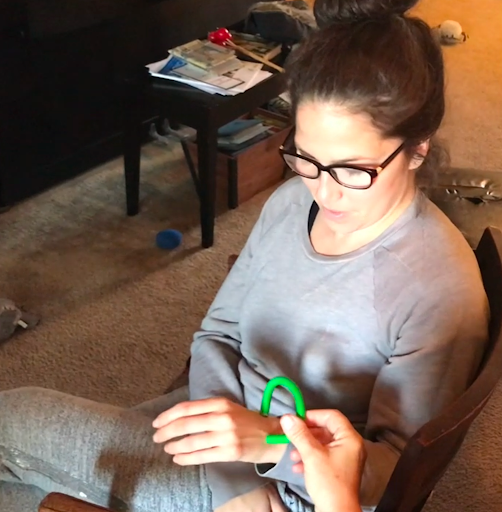
The simplest form was the most successful
Using WOz testing, Sophia searched content on Hulu
VUI responding with visual and voice responses
VUI responding without voice responses
Future considerations
We discovered how painstakingly difficult it is for people with upper mobility impairments to use technology. Our research shows the positive impact of VUI interfaces has on this demographic. We uncovered the fact that all users who experience slow response time manifested in the inability to swipe a trackpad, tap a keyboard, or speak clearly would benefit from this powerful inclusionary experience.
TAKEAWAYS
If Hulu explores the possibility of a wearable device, this would afford partnership opportunities with other manufacturers, increase accessibility and also allow Hulu to differentiate from its competitors. Similarly, by enhancing conversational interfaces and natural language processing Hulu would provide unparalleled user experiences in this space.
